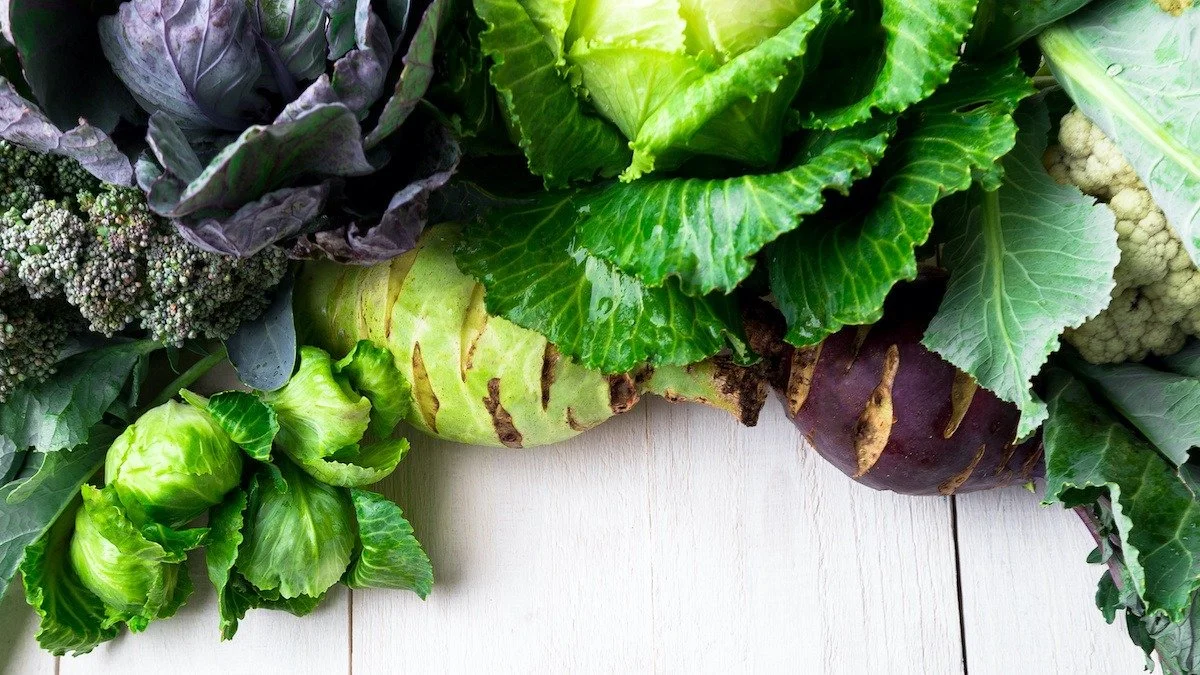Kinetics in the Kitchen
KITCHEN SCIENCE: June 20, 2024
CONCEPTS
What makes greens bitter? And, how do we address bitterness using science?
What is kinetic energy, and what does it do in the kitchen?
Releasing bitterness: order of preparation, applying kinetic energy
TOOLS & SUPPLIES
1 bunch kale
Lemon
Oil
Sauté pan
Cutting board
Knife
Salt
5 small bowls or plates
The Science of Greens – Breaking Down the Bitterness
In the third week of our June 2024 series, we explored how we can use kinetic energy and different ingredients to break down the bitterness of leafy greens.
Kale and other vegetables in the family Brassica contain chemical compounds that are released when the plant is damaged. These compounds are what give the plant a bitter taste and they act as a deterrent to prevent insects, fungi and other animals from eating them.
METHOD:
Strip the leaves from the stems of kale and slice into strips.
Divide sliced kale into 6 equal portions and set on plates or in bowls.
SAUTEING KALE
Warm a small saute pan over medium heat.
Add a ½ teaspoon of oil and saute on portion of the kale until dark green, wilted and tender, about 1 minute. Season to taste
Place remaining 5 portions of kale in separate bowls or plates. Label each portion (1: No Massage, 2: Plain, 3:Oil, 4: Lemon, 5: Salt)
Kale #1: Just leave untouched. This is your control. We will use it for taste comparison later.
Kale #2: massage for 15 seconds with just your hands
Kale #3: massage for 15 seconds with a drizzle of oil
Kale #4: massage for 15 seconds with little bit of lemon juice
Kale #5: massage for 15 seconds with a pinch of salt
Taste each kale, starting with the control (the one which we did not do anything to); taste other kales in order.
Compare and contrast each kale sample for
Visual
Texture
Flavor


